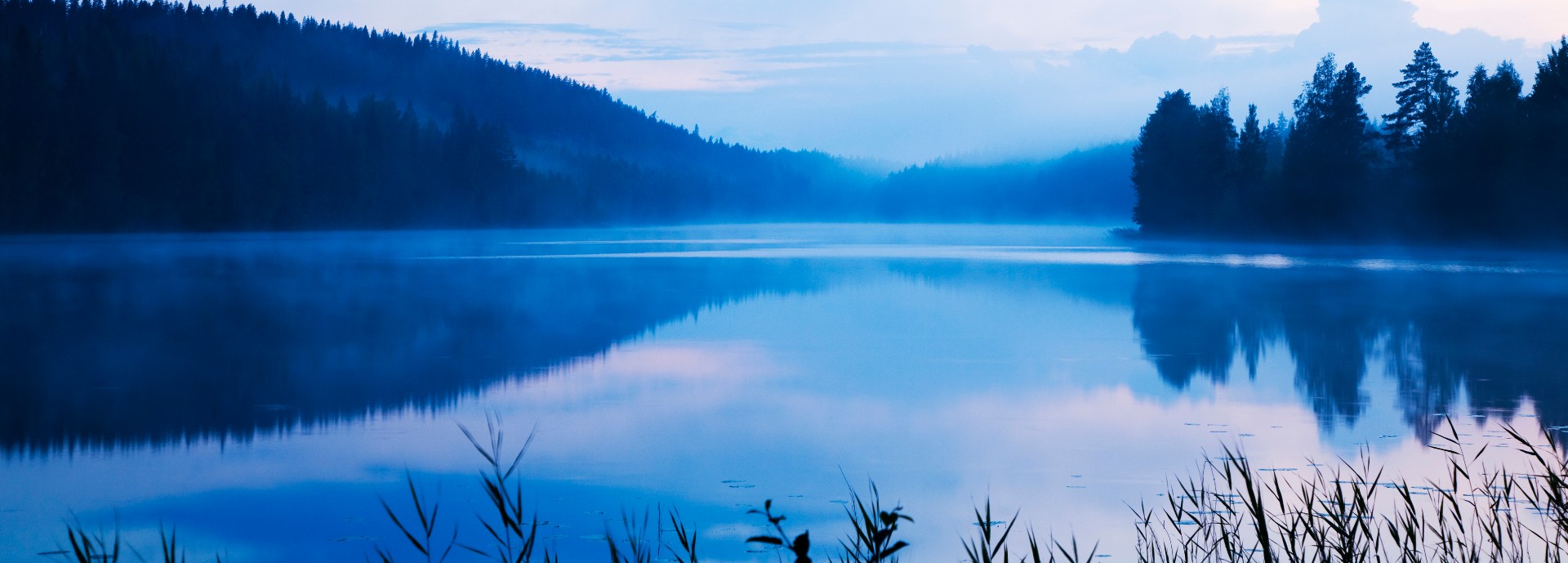A new study – part of a wider project led by the University of Stirling – will enable scientists to predict future warming of the world’s lakes due to climate change.
Pioneering research has devised the first system that classifies lakes globally – placing each of them in one of nine ‘thermal regions’ – allowing scientists to understand the potential threat to cold-water species, including salmon and trout.
The work – funded by the Natural Environment Research Council – forms part of the wider GloboLakes project, led by Professor Andrew Tyler, of Stirling’s Faculty of Natural Sciences.
Published in Nature Communications, this aspect of the research – exploiting Earth observation data – was led by the UK Centre for Ecology and Hydrology (UKCEH) in collaboration with the Universities of Stirling, Dundee, Glasgow and Reading, as well as the Dundalk Institute of Technology.
Professor Tyler said: “This is an example of pioneering UK-led research that has delivered the capability to monitor our inland waters at the global scale from satellite based platforms.
“This is not only yielding new insights into the impacts of climate change, but also the evidence base from which to better manage these ecologically sensitive environments and mitigate against the effects of change.”

Professor Andrew Tyler leads the GloboLakes project.
The study groups lakes on their seasonal patterns of surface water temperatures, with the coldest thermal region including lakes in Alaska, Canada, northern Russia and China, and the warmest covering lakes in equatorial South America, Africa, India and south-east Asia.
By incorporating climate change models, the scientists predict that by the year 2100, for the most extreme climate change scenario, average lake temperatures will be around four degrees Celsius warmer – and that 66 per cent of lakes globally will be classified in a warmer thermal region than they are now.
Professor Stephen Maberly of UKCEH, lead author of the study, explains: “Thanks to cutting-edge analysis using satellite images of more than 700 lakes, taken twice a month over 16 years, we produced the first global lake temperature classification scheme. By combining this with a lake model and climate change scenarios, we were able to identify that northern lakes, such as those in the UK, will be particularly sensitive to climate change.”
Even relatively, small changes in temperature can have a significant negative impact on aquatic wildlife, affecting the speed at which organisms grow and feed, and when they reproduce. As species do not react in the same way, prey and predators have increasingly different breeding and feeding cycles, reducing the amount of potential food available. Warming also increases the risk of harmful algal blooms, which can have a negative impact on aquatic plants and fish.
Professor Maberly says: “Cold-water fish species in particular can be stressed by warmer temperatures. The potential negative impact on salmonids such as salmon, trout and Arctic charr, for example, is concerning because they play a central ecological role within food webs and also have great economic importance.”
The research, Global lake thermal regions shift under climate change, is aimed at scientists interested in freshwater ecology, climate change, greenhouse gas emissions and biogeochemical cycles.
The £2.5 million GloboLakes project – involving a consortium of scientists from six UK universities and research institutes is developing the world’s first satellite-based global lake surveillance system, to monitor how lakes and reservoirs are being affected by environmental change.

